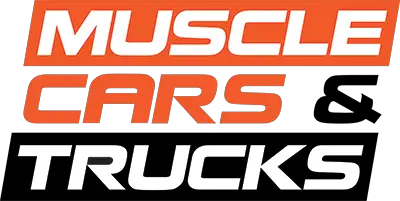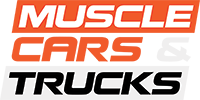While automakers have offered pickup trucks with various cylinder counts for decades, it is the V8 engine that we most commonly associate with these vehicles. In the past, the eight-cylinder motors offered more horsepower, torque, and towing capacity than other powertrain options. That’s not the case today however, thanks in no small part to turbocharging and advanced engine management. The Ford F-150 is the best selling truck in the country, and both of its most potent engine options are turbocharged V6s. With the 5.0L V8 offering worse performance and fuel economy than other powertrain options, we sat down with F-150 Chief Engineer Craig Schmatz to discuss why the Coyote V8 has stuck around.
“There still is a customer for the V8,” said Schmatz in an interview with MC&T. “The EcoBoost has done so well. Almost 60 percent of our lineup is the 2.7L or 3.5L EcoBoost, so it’s widely accepted now. But there’s still a customer that wants the V8. So for those customers we added cylinder deactivation and variable displacement this year, so they can get better fuel economy. It’s still a very capable powertrain.”

Despite the fact that the 3.5L EcoBoost V6 engine is more powerful and more efficient than the Coyote V8, not every truck buyer is on board yet. It is possible that some buyers are still weary of the complexity of a twin-turbocharged engine, preferring the tried-and-true simplicity of a naturally-aspirated V8. Others may prefer the tough and tonal sounds of the Coyote, compared to the less-than-pleasant exhaust note provided by the EcoBoost. Regardless of why a customer wants an eight-cylinder engine, Ford appears to still have more to give when it comes to the veteran powertrain.
Aside from new engine management features, the 5.0L V8 has received other tweaks for the 2021 Ford F-150. Output has been bumped up to 400 horsepower and 410 lb-ft of torque, gains of 5 horsepower and 10 lb-ft of torque over 2020. Fuel economy has improved as well, with ratings of 20 MPG combined, 17 MPG city/24 MPG highway for the 2WD model. Option 4WD, and those figures drop to 19 MPG combined, 16 MPG city/22 MPG highway.

“We’re always able to get a little bit more out of the (Coyote),” said Schmatz, when we asked if the iconic DOHC V8 was in danger of being “maxed out.”
With the vast majority of Ford F-150 buyers deciding to go with the EcoBoost powertrain options, one can only wonder how much longer the V8 will be around. With the PowerBoost V6 and the Electric F-150 on their way, the desire for a V8-powered truck may pass. However, that time has not come yet. For now, you can still order a Ford truck with the proper number of cylinders forming its banks.
We recently drove the 2021 Ford F-150. Stay tuned later this week for our full verdict.






